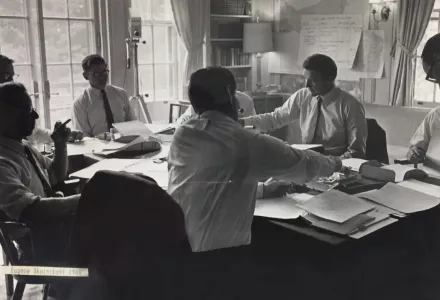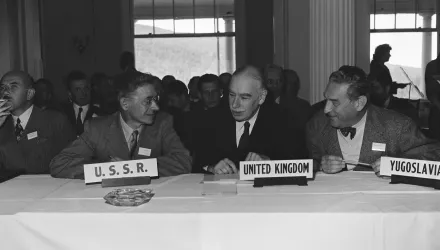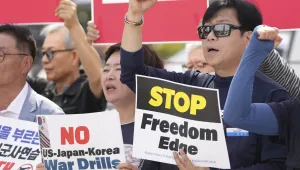International Security is America's leading peer-reviewed journal of security affairs.

Summary
Why haven’t nuclear weapons been used since 1945? During the Cold War, senior U.S. officials participated in many wargames that included scenarios of possible nuclear war. The declassified records of these exercises reveal that participants in the simulations decided not to “launch” nuclear attacks partly because they wanted to avoid provoking nuclear retaliation, but also because they worried that their reputations would suffer or thought that conventional weapons would be more effective.
Reid B.C. Pauly, "Would U.S. Leaders Push the Button? Wargames and the Sources of Nuclear Restraint," International Security, Vol. 43, No. 2 (Fall 2018), pp. 151–192, doi:10.1162/ISEC_a_00333.
The full text of this publication is available in the link below.





